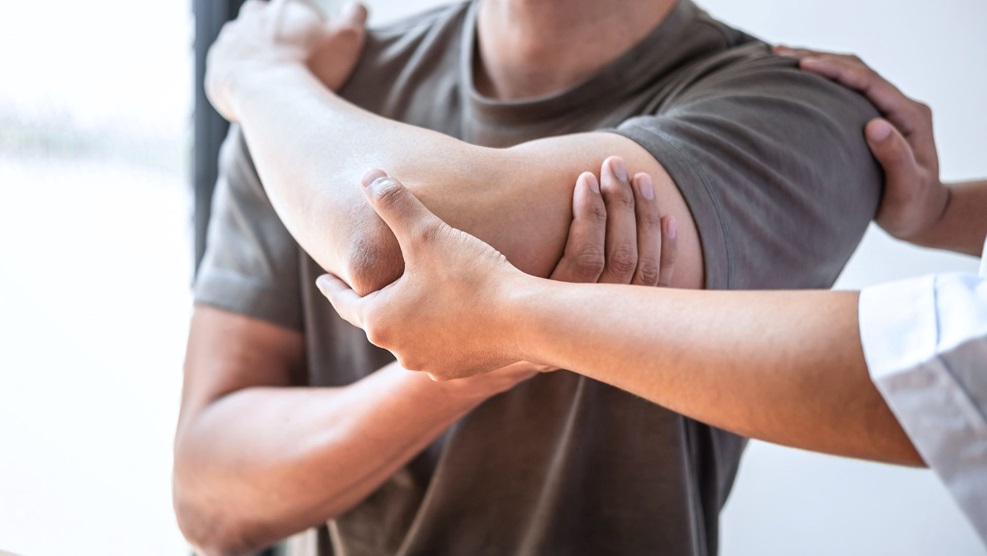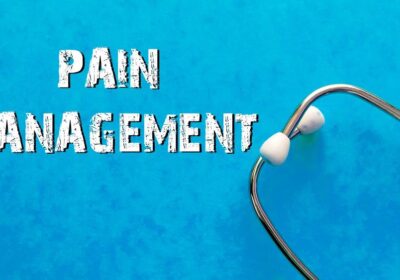
Why Is My Arm Hard To Lift?
It can be disconcerting to suddenly find that you can barely lift your arm without feeling pain or discomfort. This scenario often indicates that something has gone wrong with the muscles, tendons, or tissues in the shoulders or arms. In this article, we will explore various causes of this issue, methods to alleviate the pain, and when it might be time to consult a pain management specialist at a pain center.
Common Causes of Arm Pain and Weakness
There are numerous conditions that may lead to difficulty in lifting your arm, ranging from a minor strain to more serious conditions. Some common causes include:
Rotator Cuff Injuries: The top of your upper arm bone is kept in the shoulder socket by a set of muscles, and tendons called the rotator cuff, which surrounds the shoulder joint. Rotator cuff injuries, such as tears, can make it difficult and painful to lift the arm.
Tendinitis: This is the irritation or inflammation of a tendon, which connects muscle to bone. Tendinitis often occurs due to overuse or repetitive motion and can lead to pain and difficulty moving the affected limb.
Frozen Shoulder: A frozen shoulder, known as adhesive capsulitis, is described by stiffness and pain in the shoulder joint. It frequently affects persons between the ages of 40 and 60 and happens after a period of immobility brought on by an injury or surgery.
Bursitis: A condition marked by inflammation of the bursae, which are fluid-filled sacs that cushion your joints. Bursitis typically results from overuse, injury, or an infection, causing pain and difficulty moving the affected joint.
Treatment Options
Depending on the cause, there are various ways to alleviate the pain and regain arm movement:
Rest and ice: For minor injuries and overuse, resting the affected arm and applying ice can provide relief and prevent further damage.
Pain relievers: Ibuprofen and naproxen, two over-the-counter pain relievers, can help with both inflammation reduction and pain management. It’s crucial to take the medication as directed and to see your doctor if the pain doesn’t go away.
Physical therapy: A physical therapist may recommend targeted exercises and stretches to aid in recovery and reduce stiffness.
Corticosteroid injections: In cases of severe inflammation, a doctor may administer corticosteroid injections to reduce pain and improve mobility.
Surgery: If conservative treatments are unsuccessful or a torn ligament is present, surgery may be necessary to repair the damaged area.
When to Seek Professional Help?
If you experience consistent and worsening pain, inability to move or lift your arm, or if at-home treatments aren’t providing relief, it may be time to consult a medical professional. A pain management specialist can help accurately diagnose the underlying cause of your condition and recommend appropriate treatment options. To know about the importance of pain management specialists, check out this blog.
To Sum Up
While it is normal to feel concerned when you can barely lift your arm, there are several potential causes and treatments available. It is important to pay attention to your body and seek medical advice if you experience persistent pain that is not relieved with treatments at home.
Consulting a pain management center in Chicago is one of the best options for long-term solutions to arm pain and weakness. A team of experienced physicians can provide accurate diagnoses and treatment plans tailored to your individual needs.














